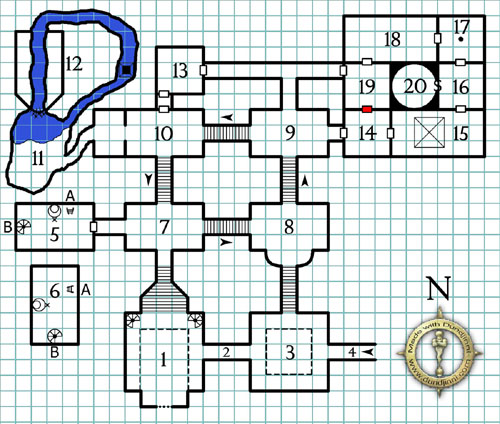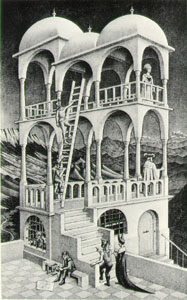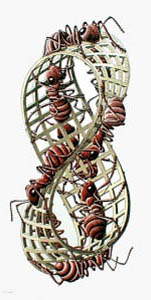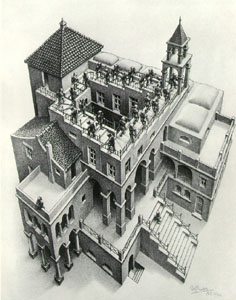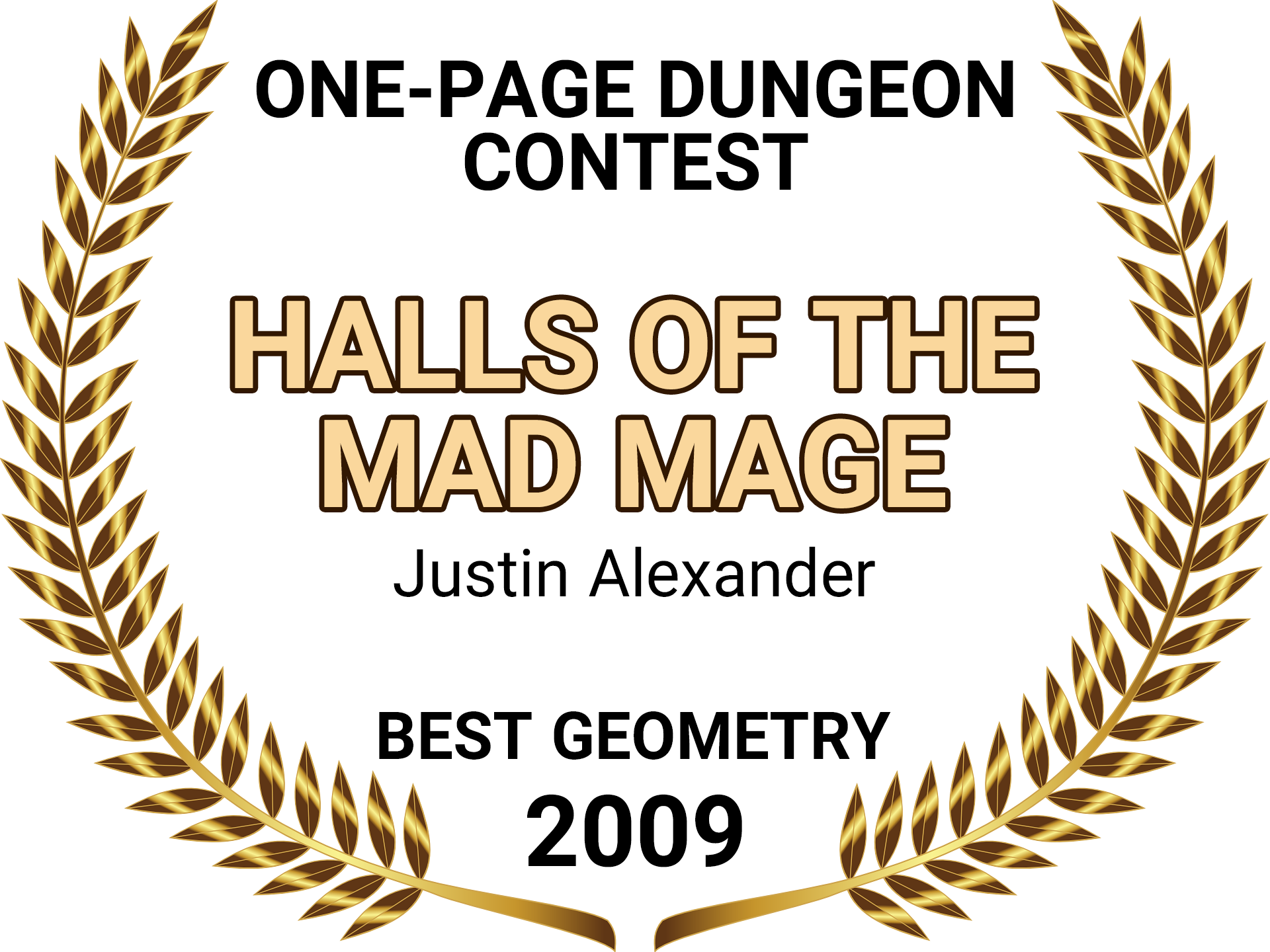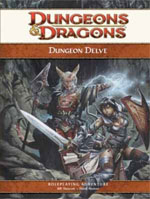Faceless rage is a magical disease of evil and chaos that affects only humanoids. It transforms its victims by erasing their face and turning them into murderous savages.
TRANSFORMATION: Whenever a victim of the faceless rage suffers ability score damage from the disease, they must succeed at an additional Fortitude save (DC 18) or be transformed according to the faceless rager template.
Fortitude save (DC18); Infection contact/injury; Incubation 1 day; 1d6 Int/1d6 Wis, plus transformation (see above).
TEMPLATE: FACELESS RAGE
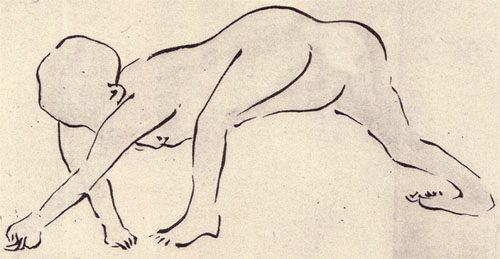
Noppera-b? (??????, faceless ghost) from the Buson Youkai Emaki (??????)
“Faceless rager” is a template that can be added to any humanoid or giant (referred hereafter as the base creature).
Size and Type: The base creature’s type does not change, but the creature gains the shapechanger subtype.
Hit Points and Hit Dice: Same as the base creature. To calculate total hit points, apply the faceless rager’s bonus to Constitution.
Attacks: A faceless rager loses the bite attack of the base creature (if any), but retains all other attacks of the base creature and and gains a slam attack (1d6 damage for Medium-size faceless ragers).
Special Attacks: A faceless rager loses the gaze attack of the base creature (if any), but retains all other special attacks of the base creature and also gains the special attacks described below.
Disease (Ex): Any creature struck by the natural attack of a faceless rager (including its slam attack and steal visage abilities) is exposed to faceless rage. The save DC is Constitution-based.
Improved Grab (Ex): To use this ability, the faceless rager must hit a natural attack (including its slam attack).
Steal Visage (Su): If a faceless rager succeeds at a grapple check against any humanoid, its victim must make a Fortitude save or have its face removed. The victim is left blinded, deafened, and mute. As the victim has no mouth, it will risk starvation if its face is not restored. Restoring a victim’s face requires a regeneration spell, just as if it were a severed limb. The save DC is Constitution-based.
Special Qualities: A faceless rager retains all special qualities of the base creature, and also gains those described below.
Blindsight (Ex): A faceless rager has blindsight 60 feet.
Incurable Disease (Ex): A faceless rager can no longer recover naturally from the faceless rage disease that afflicts them. Only magical treatment can restore the victim, specifically a remove disease spell followed by a greater restoration. Once cured, the faceless rager loses this template. A faceless rager’s face can only be restored after the disease has been magically cured, and requires a regeneration spell, just as if it were a severed limb.
Mindless Rage (Ex): A faceless rager must seek out and attack the nearest humanoid. If no humanoids are present, it will attack the nearest creature. If no creatures are present, it will wander randomly until it finds one. In this mindless rage, a faceless rager gains a +2 morale bonus on Will saves, but suffers a -2 penalty to Armor Class. They cannot use any Charisma-, Dexterity-, or Intelligence-based skills (except for Balance, Escape Artist, Intimidate, and Ride), the Concentration skill, or any abilities that require patience or concentration, nor can they cast spells or activate magic items that require a command word, a spell trigger (such as a wand), or spell completion (such as a scroll) to function. They can use any feat they have except Combat Expertise, item creation feats, and metamagic feats.
Abilities: Faceless ragers gain +4 to Strength and +4 to Constitution.
Challenge Rating: Same as base creature + 1. However, levels in a spellcasting class count only one-quarter towards their challenge rating (since the faceless rager cannot use spells). (For example, a faceless rager based on a 4th-level wizard would be a CR 2 challenge.)
Alignment: Always chaotic evil.
SAMPLE FACELESS RAGERS
DISEASED CARPENTER (CR 3) – Expert 3 – CE Humanoid (human shapechanger)
DETECTION – blindsight 60 ft., Listen +3, Spot +3; Init +1
DEFENSES – AC 9 (+1 Dex, -2 mindless rage), touch 9, flat-footed 8; hp 23 (3d6+12)
ACTIONS – Spd 30 ft.; Melee slam +4 (1d6+2 and disease); Ranged +3; Space 5 ft.; Reach 5 ft.; Base Atk +2; Grapple +2; SA improved grab, steal visage (DC 13)
SQ blindsight 60 ft., incurable disease, mindless rage
STR 14, DEX 12, CON 14, INT 12, WIS 10, CHA 10
FORT +3, REF +2, WILL +5
FEATS: Skill Focus (Craft (carpentry)), Skill Focus (Craft (carving)), Skill Focus (Knowledge (wood))
SKILLS: Balance +1, Craft (carpentry) +8, Craft (carving) +8, Diplomacy +8, Escape Artist +1, Hide +1, Knowledge (architecture/engineering) +6, Knowledge (wood) +8, Move Silently +1, Ride +1, Search +6, Sense Motive +6, Use Rope +1
DISEASED SOLDIER (CR 5) – Warrior 5 – CE Humanoid (human shapechanger)
DETECTION – blindsight 60 ft., Listen +3, Spot +3; Init +0
DEFENSES – AC 8 (-2 mindless rage), touch 8, flat-footed 8; hp 33 (5d8+10)
ACTIONS – Spd 30 ft.; Melee slam +8 (1d6+3 and disease); Ranged +5; Base Atk +5; Grapple +5; SA improved grab, steal visage (DC 14)
SQ blindsight 60 ft., incurable disease, mindless rage
STR 16, DEX 10, CON 14, INT 12, WIS 10, CHA 10
FORT +6, REF +1, WILL +3
FEATS: Alertness, Improved Unarmed Strike, Run
SKILLS: Appraise +1, Bluff +1, Climb +3, Craft (wittling) +1, Forgery +1, Gather Information +3, Innuendo +1, Intimidate +8, Jump +3, Listen +3, Search +1, Sense Motive +2, Spot +3, Swim +1
D20 Rules by Justin Alexander
This material is covered by the Open Gaming License.

